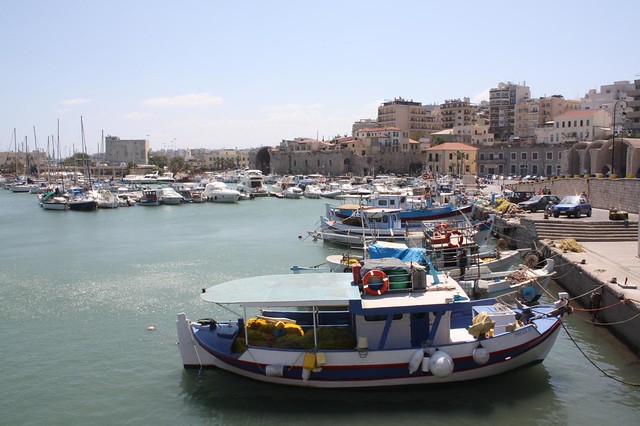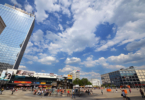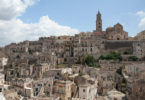Heraklion
Guest Post
Heraklion is a city with a long and distinguished past, and it is perhaps no surprise that it is one of the most popular tourist attractions in all of Greece. As the capital of Crete, it is the fourth largest city in the country, and its 155,000 citizens contribute to its bustling and often hectic atmosphere. An important port for both tourists and industrial freight, passengers can reach Heraklion from other popular Greek destinations such as Rhodes and Piraeus. In addition, its international airport is the second busiest in the country, and is situated a mere five kilometres away from the city.
The warm Mediterranean climate which is experienced by residents of Heraklion is one of the many reasons that it has become such a popular destination. With average high temperatures of almost 29 degrees Celsius in July, and 15 degrees Celsius in January, tourists are virtually guaranteed relatively mild but extremely pleasant weather when they visit. Indeed, perhaps such a favourable climate is one reason that the site has been occupied for approximately four thousand years. Many archaeologists believe that the site of modern day Heraklion served as a port for the Minoan civilisation from around 2000 BC, although the settlement as it is known today was founded in 824 by the Saracens. In 961 it was taken over by the Byzantines, then bought by the Venetians in 1204 and conquered by the Ottomans in a bloody siege in 1669. Needless to say, with such a varied past, it is a treasure-trove of historical interest.
Tourists may want to start off at the old Venetian harbour, before heading to the central square of the old town centre. Dominated by the imposing ‘fountain of the Lions’, the square is surrounded by shops and pleasant restaurants, and the Venetian Town Hall and the Byzantine cathedral of Agios Titos are also within sight. A tour around the old Venetian walls allows visitors to see the entirety of the historical city, and can end with a visit to the Koules, the old harbour fortress. With its 9 metre outer walls, Koules was a formidable defensive structure in its day, but is now used to host art displays, plays, and concerts. It also serves as a fantastic vantage point for the harbour, and is the symbol of the city itself.
Without doubt, however, the main tourist attraction in this region is a little way outside of Heraklion. Around five kilometres away from Crete’s capital visitors can find the ruins of ancient Knossos, which is Europe’s oldest known city and a powerhouse of Bronze Age urban life. Active from around 1900 to 1200 BC, it was the centre of the Minoan civilisation and the source of such myths as ‘Theseus and the Minotaur’. Its influence spread far beyond Crete, with evidence of goods manufactured on the island having been found as far away as Egypt’s Old Kingdom. It also had a significant cultural impact on the Greek kingdoms which, later, were to become the foundation of Western civilisation. Some of the artefacts which were found in the initial excavations of Knossos can now be viewed in Heraklion’s Archaeological Museum. Whilst the main building is currently closed for renovation, an annexe has been opened which contains all of the most precious Minion artefacts which can normally be seen in the museum.
As well as Knossos, Crete offers a host of appealing beaches and gorgeous countryside to explore. As with many parts of Greece, however, public transport can be unreliable, and the best way of getting around the island is almost certainly a private hire car. Fortunately, arranging car rental in Crete is a simple process, and many of the main European operators have offices in Heraklion. Within hours of arriving in the city, a visitor can be fully equipped to experience sites and attractions which span the entire history of urban civilisation. – Travel Feeder





